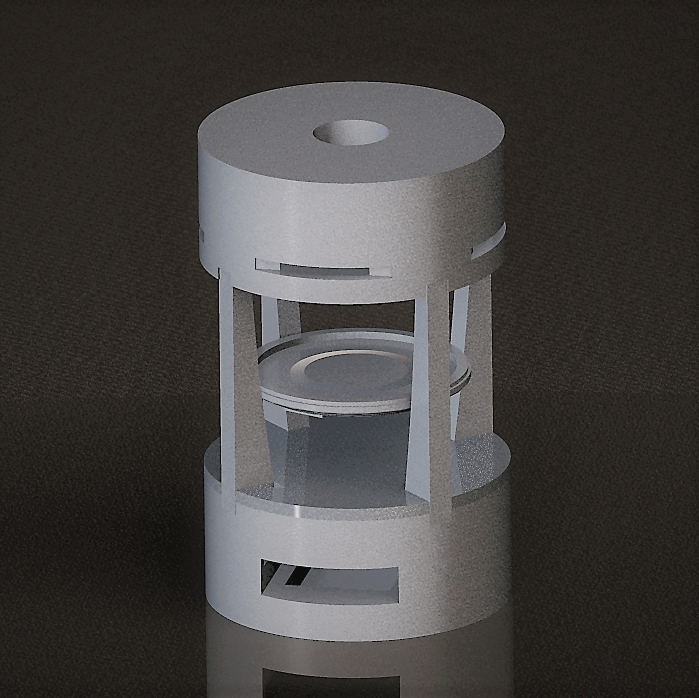Smart Home Adaptive Response Unit

Overview
Residents of the Drexel Smart House do not have full access to control their surroundings by voice or human gestures. As of today, home assistant devices have limited expandability and lack the ability to self-learn based on the user’s behavior. The need to start developing and building a device similar Amazon’s Alexa or Google Home with these advanced tools will provide a technological breakthrough for home assistant devices.
Objective
Prototype a cost efficient home assistant device with high expandability and an on-device machine learning to automatically adjust its settings based on user’s given information and its surroundings.
Ultimately, the device personalizes itself based on collected information from home environment and user’s behavior.
Features
-
Internet of Things (IoT) capability and various built-in sensors for home automation
- Core hardware is built off of Raspberry Pi, which is affordable, versatile, and highly expandable
- Utilizes state-of-the-art machine learning algorithms to understand user’s commands, learn the surroundings and the user’s behavior based on collected data
Questions?
Contact: Project Lead, Kyunglok Baik @ kb3282@drexel.edu